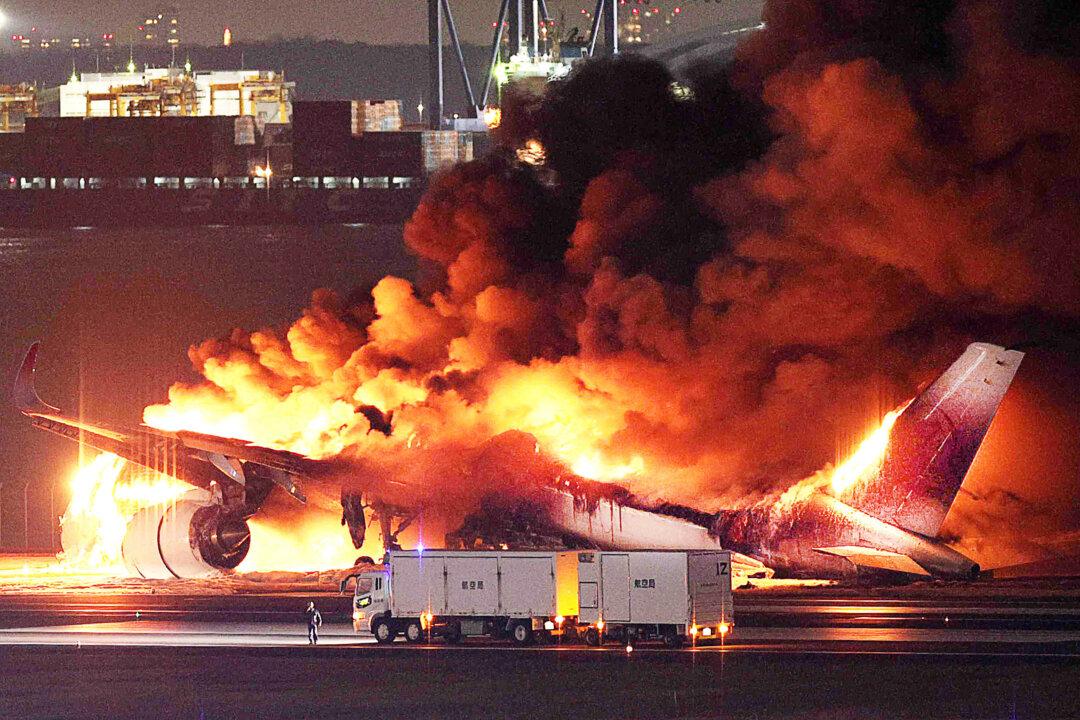Flights resumed Monday on the runway at Tokyo’s Haneda airport that saw a deadly plane collision on the second day of the new year. As the investigation into the cause of the accident continues, passengers and crew of Japan Airlines (JAL) flight 516 are reflecting on an experience that is being hailed as both a “textbook” evacuation and a “miracle.”
Author’s Selected Articles




